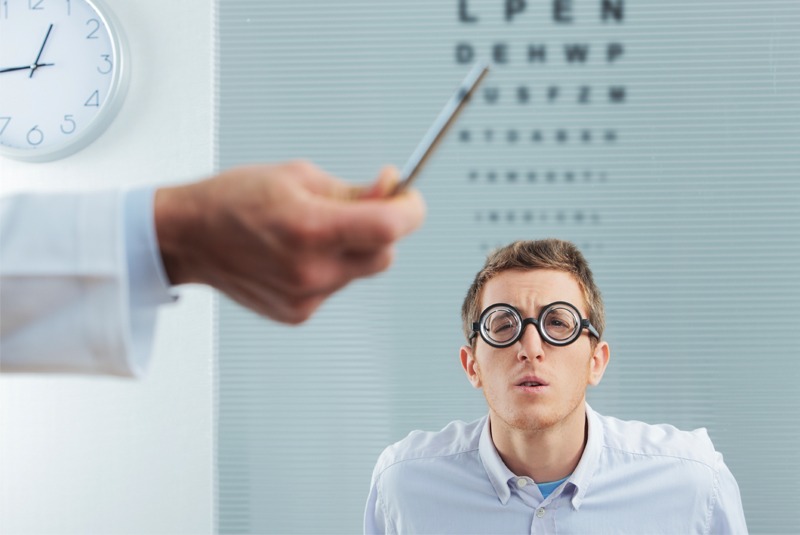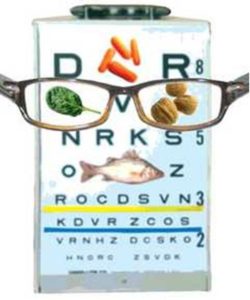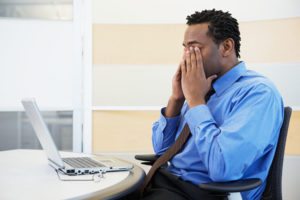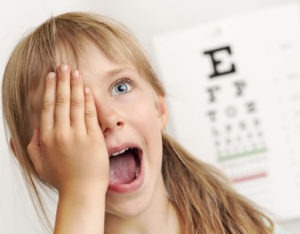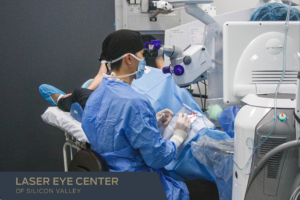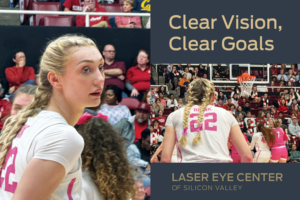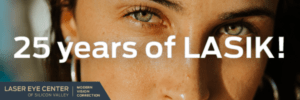The eyes are an important part of your overall health and well-being. Unfortunately, few people take the time to care for their eyes until they have a problem with them. This is a big mistake.
Many eye diseases develop chronically with age, and there are several simple steps you can take to prolong healthy vision and take good care of your eyes over the years. So without further ado, here is your 5-step guide to healthy eyes:
1) Diet
Believe it or not, there are numerous vitamin supplements and food types that are proven to reduce the risk of eye disease later in life. For example, Vitamin A can help prevent blindness while Vitamin C can slow the progress of glaucoma. For a natural source of these nutrients, make sure to incorporate the following foods into your diet:
Fruits & Vegetables: Fruits and vegetables are an important source of the vitamins and antioxidants that keep your eyes strong. Carrots, spinach, kale, turnips, berries (blueberries, blackberries) and citrus fruits are all a good source of nutrients.
Lean Meats & Seafood: Seafood is especially helpful because it is low in fat and contains omega-3 fatty acids. These acids combat chronic dry eye and prevent the natural age-related degeneration of your eye tissue. Seafood to eat includes salmon, mackerel, herring, sardines, oysters and crab. Other good sources of protein include eggs, milk, nuts and legumes (beans).
Multivitamins: Even when eating right, it can be hard to incorporate every vitamin that your body needs. I would suggest taking a multivitamin in addition to whatever fruits and vegetables you can fit in. Fish oil, flaxseed, zinc and selenium supplements can also be helpful.
2) Computer Vision
The modern workplace presents eye care issues that are unique to this generation. Many people spend 8 hours a day staring closely into a brightly lit computer screen, not to mention the personal time they spend looking at smartphones, laptops and TV screens.
The damage from this digital eye strain can compound over time and lead to serious vision problems. To avoid the problem that has now been dubbed “Computer Vision Syndrome”, try to practice the following tips:
Adjust Brightness: The room you are in should only be half as bright as the screen you are staring at. Most offices and workspaces are far too bright in this regard. You should also adjust the screen brightness down and wait for your eyes to adjust. You’ll be shocked at how bright your display has been.
Eliminate Glare: Remove sources of glare coming from windows, desk lamps or other screens. Try to rely as much as possible on indirect lighting.
Blink: Blinking more often can help keep your eyes active and limit the discomfort caused by dry, overworked eyes. Follow the simple 20-20-20 rule. Every 20 minutes, spend 20 seconds looking at an object 20 feet away. This will help greatly.
3) Sunglasses
Another source of cumulative damage to your eyes comes from the sun. Ideally, you should wear sunglasses at all times when you’re outside. Even when it’s cloudy, UV rays are penetrating and can cause retinal damage and vision loss. New studies suggest that even children should begin wearing sunglasses at an early age.
When buying sunglasses, make sure that the pair you get (no matter how fashionable) is 100% protected against UVA and UVB light. Wrap-around lenses that cover the sides of your eyes are also preferable, and polarized lenses can cut down on the amount of glare reaching your eyes.
4) Eye Safety
Eye safety is a situational factor that you should be aware of whenever there are potential irritants or hazards in the area. Many people think that eye safety is only relevant to dangerous work environments, but there are many household items that can cause minor eye injuries. Common dangers include:
-Household Chemicals (paint, bleach, soap, kitchen cleaners, etc.)
-Airborne Particles (sawdust, dirt, sand, pollen)
-Small Objects (garden tools, screwdrivers, loose nails)
-Makeup Items (curling irons, mascara brushes, etc.)
If you have children, it is especially important to remain vigilant of anything that could be accidentally blown or splashed into someone’s eyes. Keep chemicals and sharp objects in a safe place, and buy some safety glasses whenever you have work to do around the house.
5) Eye Exams
Its important to have regularly scheduled eye exams to check for any problems (nearsightedness, astigmatism or color blindness) that may be developing. Children in particular need to have their eyesight monitored closely, as poor vision can slow learning and lead to other problems in school.
Make sure that you are receiving a comprehensive eye exam from a licensed optometrist or ophthalmologist (opticians are not doctors), and get started at an early age. The recommended lifetime schedule for eye exams is as follows:
-One exam at 6 months
-One exam at age 3
-One exam before starting pre-school
-One exam every 2 years thereafter
-Seniors age 60 and above should have an eye exam once a year
-Immediately upon any serious eye infection or injury
People vary greatly when it comes to eyesight, and almost everyone will be prone to an age-related vision problem at some point in their life. But these steps will help you take good care of your eyes, eliminate chronic eye conditions, and head off any serious problems that may come. Your eyes are an important part of your body. Start taking care of them now.
While we do not perform routine eye exams at Laser Eye Center of Silicon Valley, we’d be happy to refer you to an eye doctor in your area who does!

